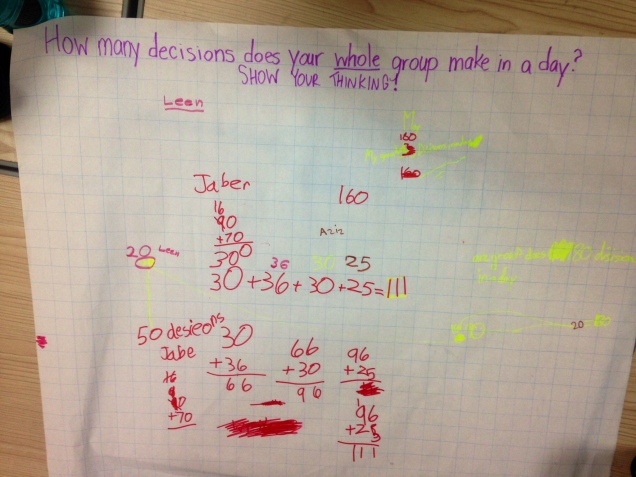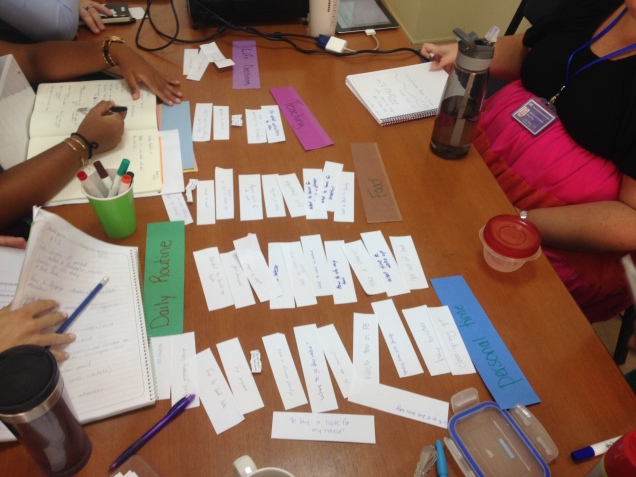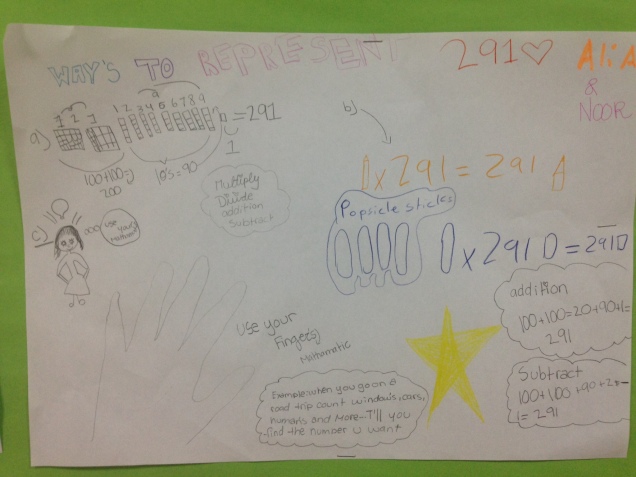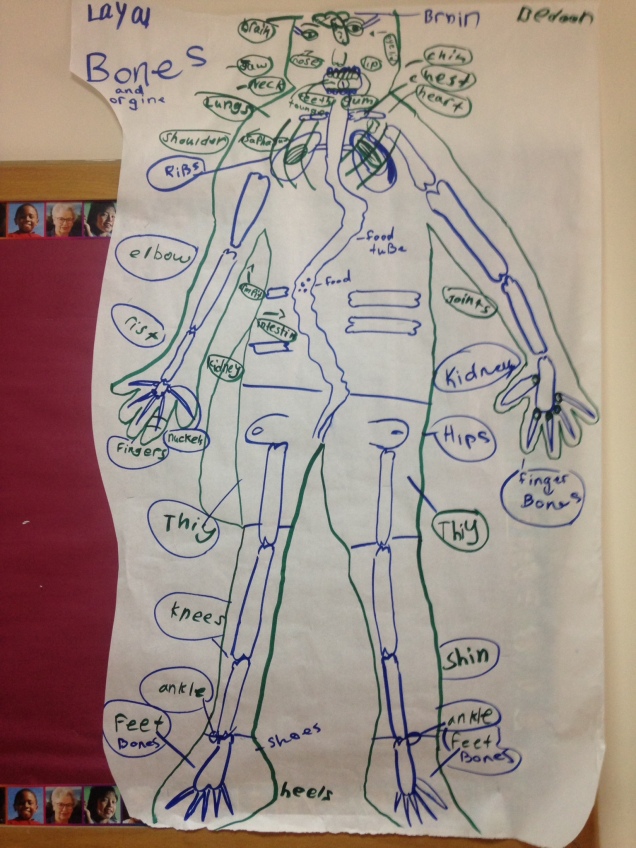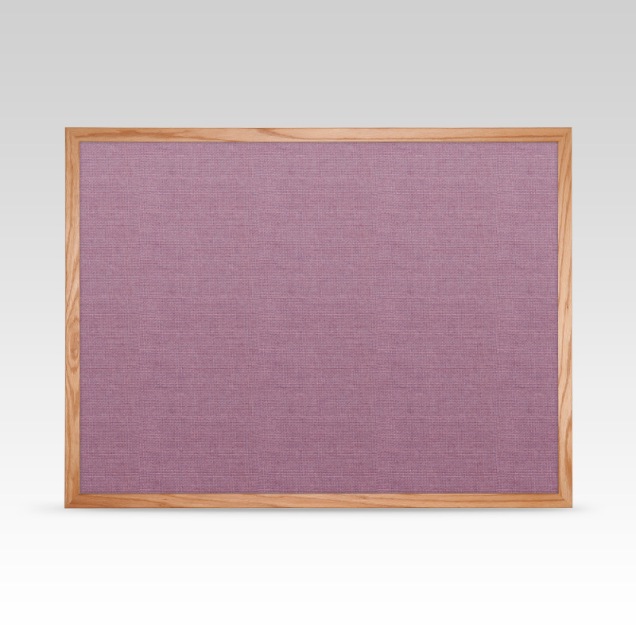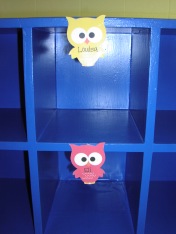I’ve noticed that a common road block for us educators to embrace new practices, new approaches to teaching and learning, new technology, and new literacies is the response…
But they’ll need it for when they are in university.
“it” can be anything from a 5 paragraph easy, to sitting and listening to a lecture, to a multiple choice test, and the list goes on.
This notion that post-secondary institutions are stuck in the past, seems to work as an easy-out for us educators to resist change in our own practices and shifts in the educational paradigm. It’s not just high school teachers – who have students mere years away from university – but it is also middle school teachers… and even elementary school teachers.
When working with educators in the past I’ve used a buffet of counterpoints to provoke their thinking about this argument. No one has a crystal ball and can say with certainty what students will or will not need when they get to university; Don’t let the tail wag the dog – why are we allowing the 4 (6? 8?) years where students end their educational journey to dictate the first 15 years of their education? Change is inevitable, it will happen with or with out… so jump on board!
Yet, somehow the argument sticks. We need to do X because they will need it in university.
And then something amazing happened!!!
I myself experienced that this statement not to be true…
I am currently in university… in the very institution we use to galvanize our practices against change. And guess what? The skills and knowledge I need are the very skills and knowledge teachers are weary of, because “that’s not how universities are”. Bah! Not true! And I have proof!
Each week my professor shares multiple forms of text with us pertaining to our topic – songs, memes, infographics, hyperlinks, videos, wikipedia pages and more. We need to be literate in multiple ways in order to access and analyze the information.
And the best part? Each week we must compose a post in response to the ideas presented in the course material and we are NOT ALLOWED to share our thinking through only written paragraphs. We MUST demonstrate our meaning in multiple ways!
One week I shared my thinking, questions and challenges through a sequence of tweets:
Classmates of mine have shared through emojis:
Through thinglinks:
Through blogs:
Through memes:
This is a real university course, from a real university and the literacy skills that are helping me be successful are many of the literacy skills we as educators are uncomfortable or nervous or flat out refusing to teach.
Of course I still need to be able to read and write. But those traditional skills in and of themselves are not sufficient any longer. Not for me as a university student and not for our elementary, middle and high school students either. I need to be able to deconstruct and reconstruct meaning in multiple ways that span far beyond “traditional literacies”… and so should they.
An argument that clings to traditional literacies and opposes new literacies for the sake of preparing students for a model of university that may not longer exist is cause for concern. It is time to embrace new literacies, multiple literacies, digital literacies, and making multiple meanings in order to preparing students for the world as it is today. Because the world that used to be no longer exists… not even in slow-changing institutions of education like universities.



















